Ice fishing in Yakutia in photos by Natalya Fyodorova
© From Natalya Fyodorova’s personal archive
Fishermen typically start to net in October when the ice is thick enough to cross on a snowmobile












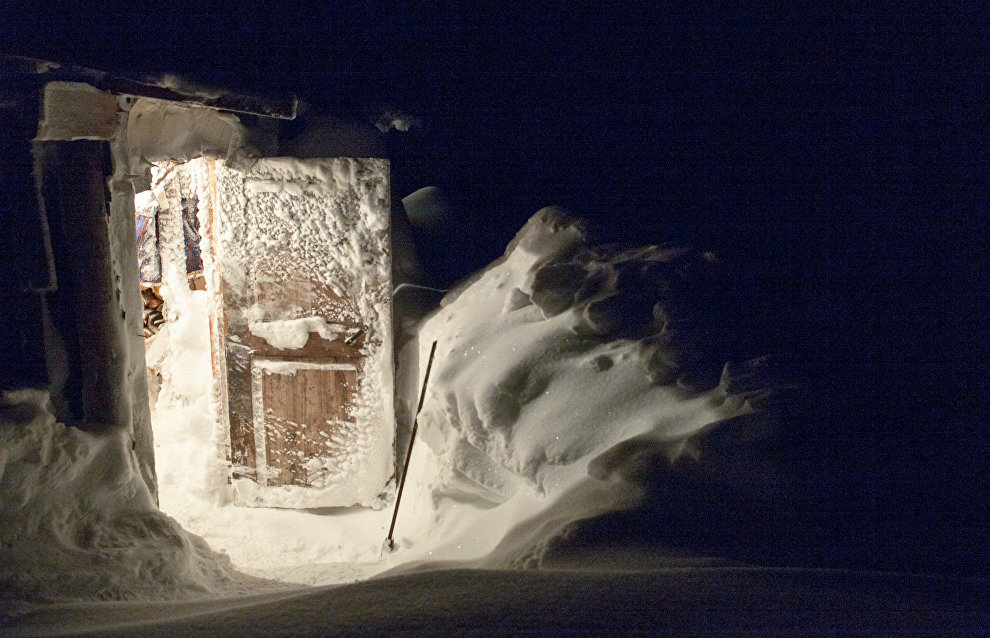
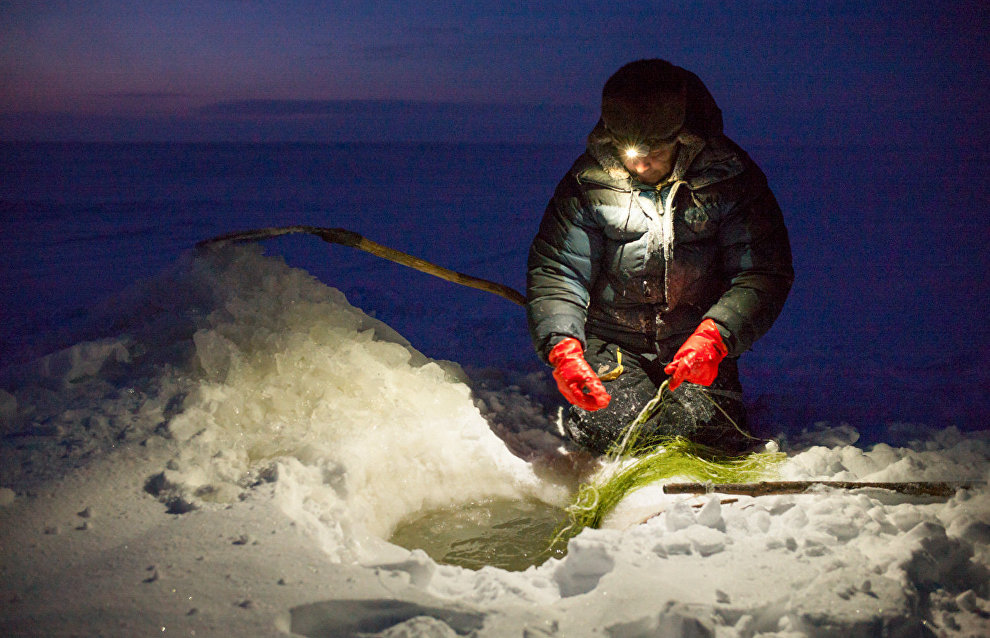
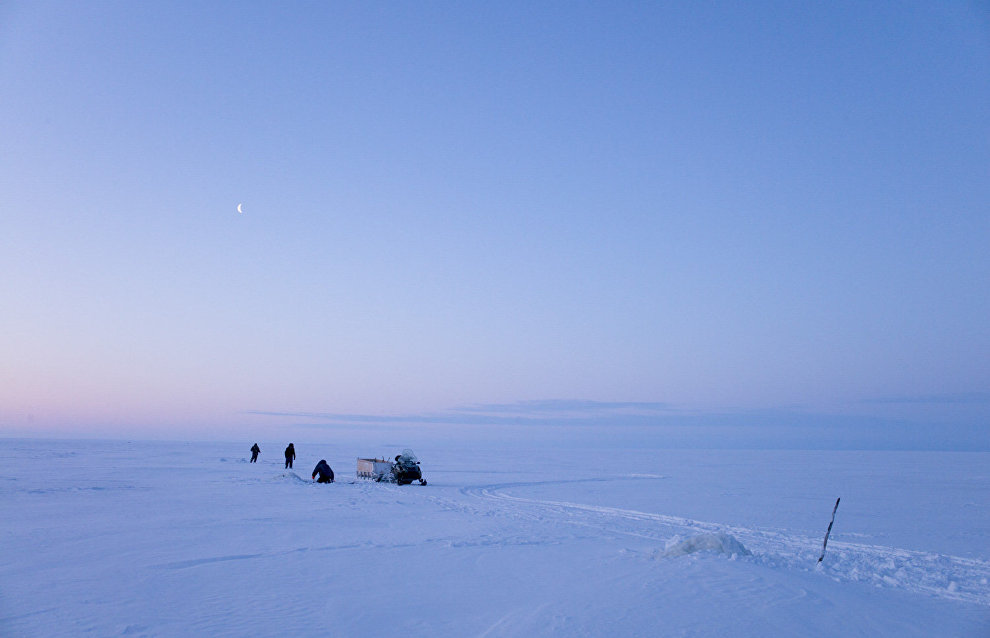
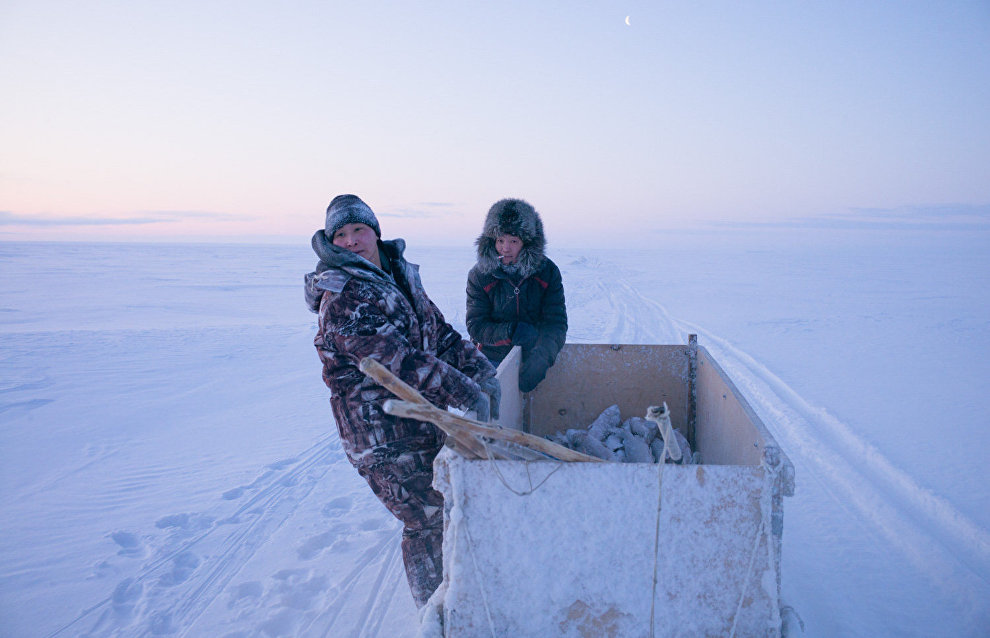
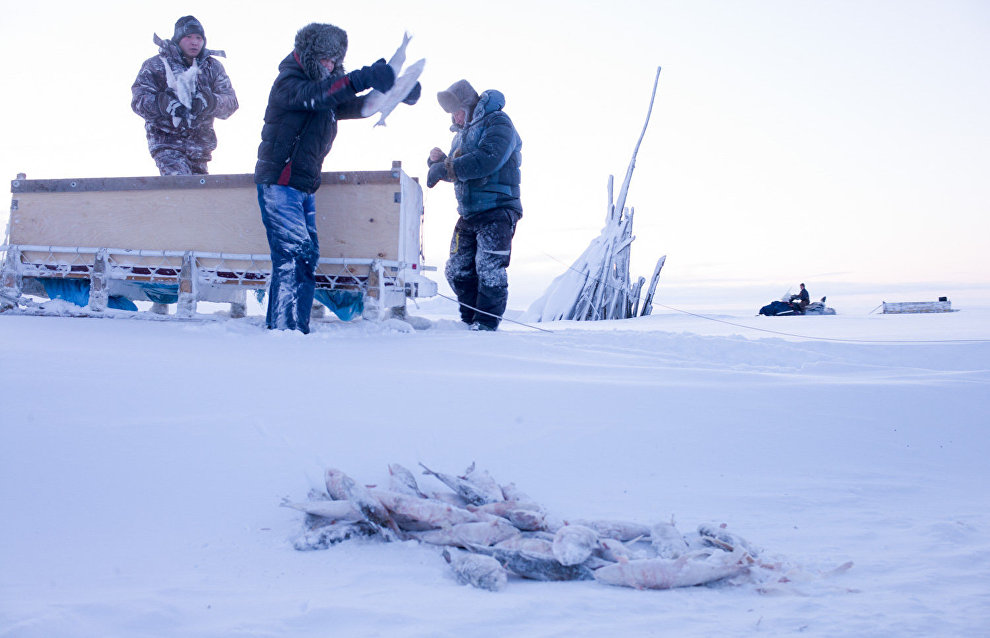

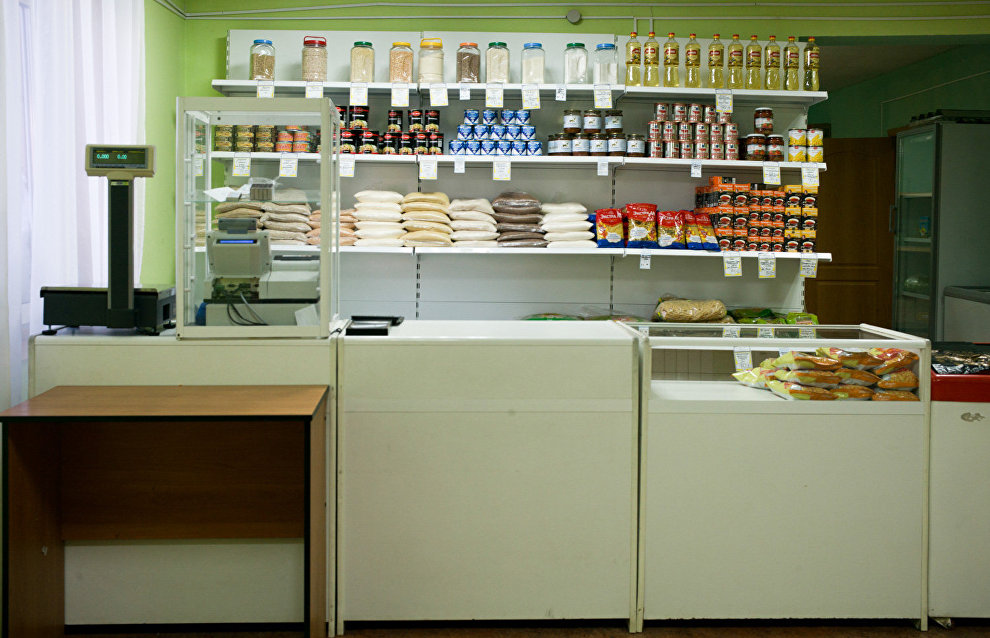
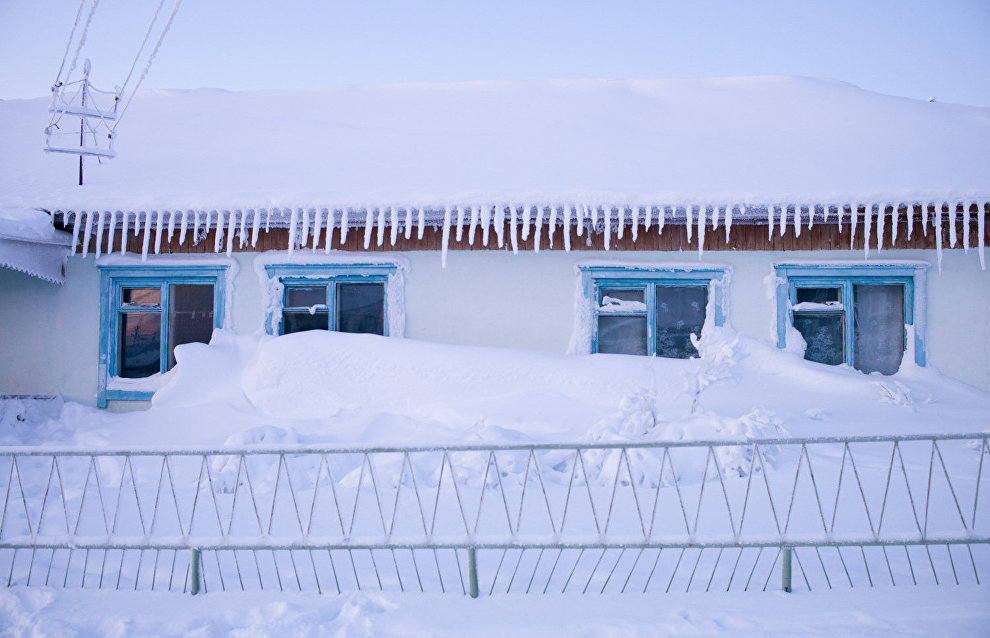
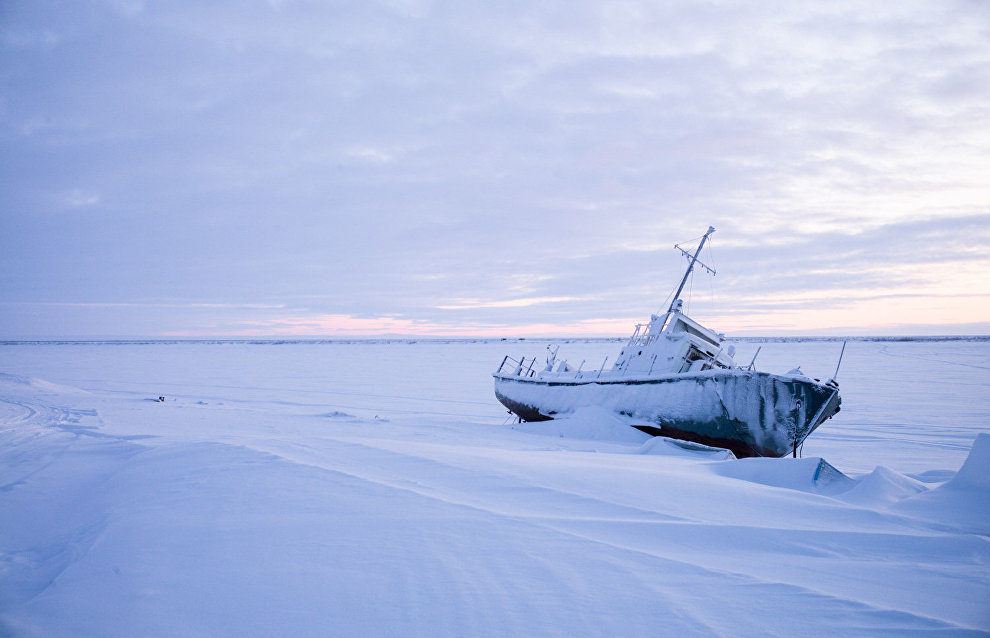
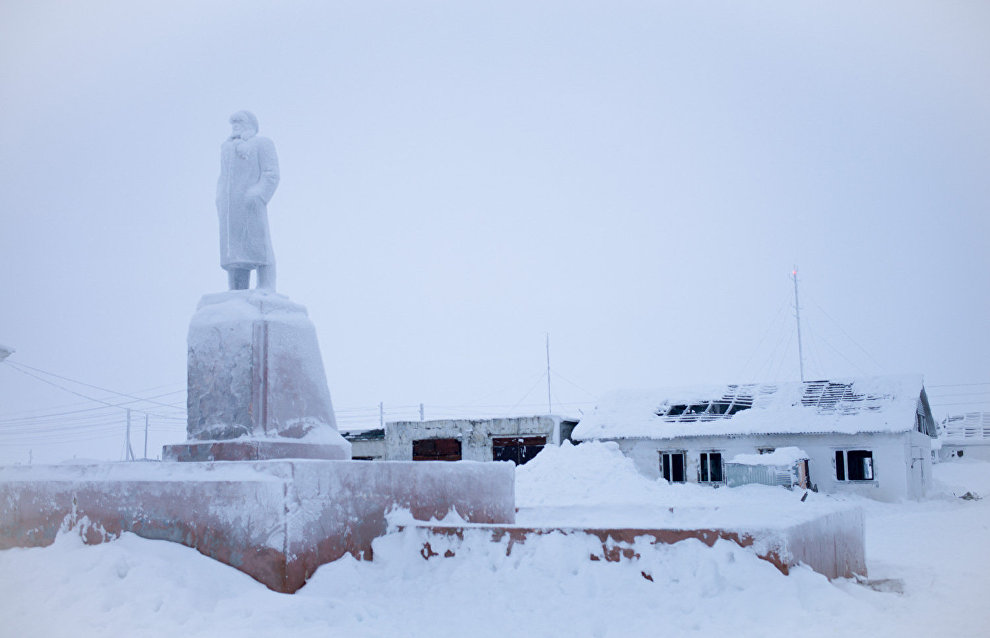
Arctic.ru presents photographs taken by Natalya Fyodorova in the winter of 2016 with her own captions. The photos were taken in the village of Chokurdakh, Yakutia, on the banks of the Indigirka River.